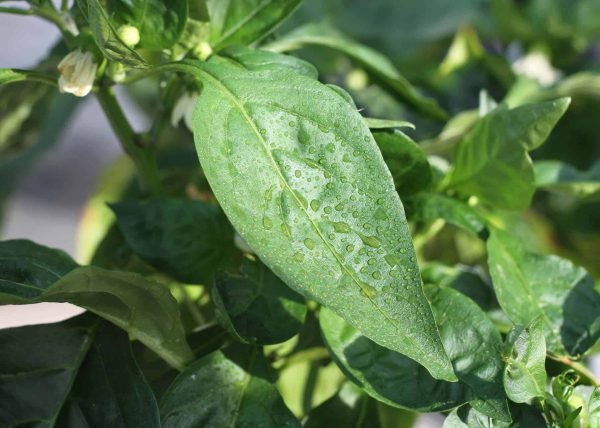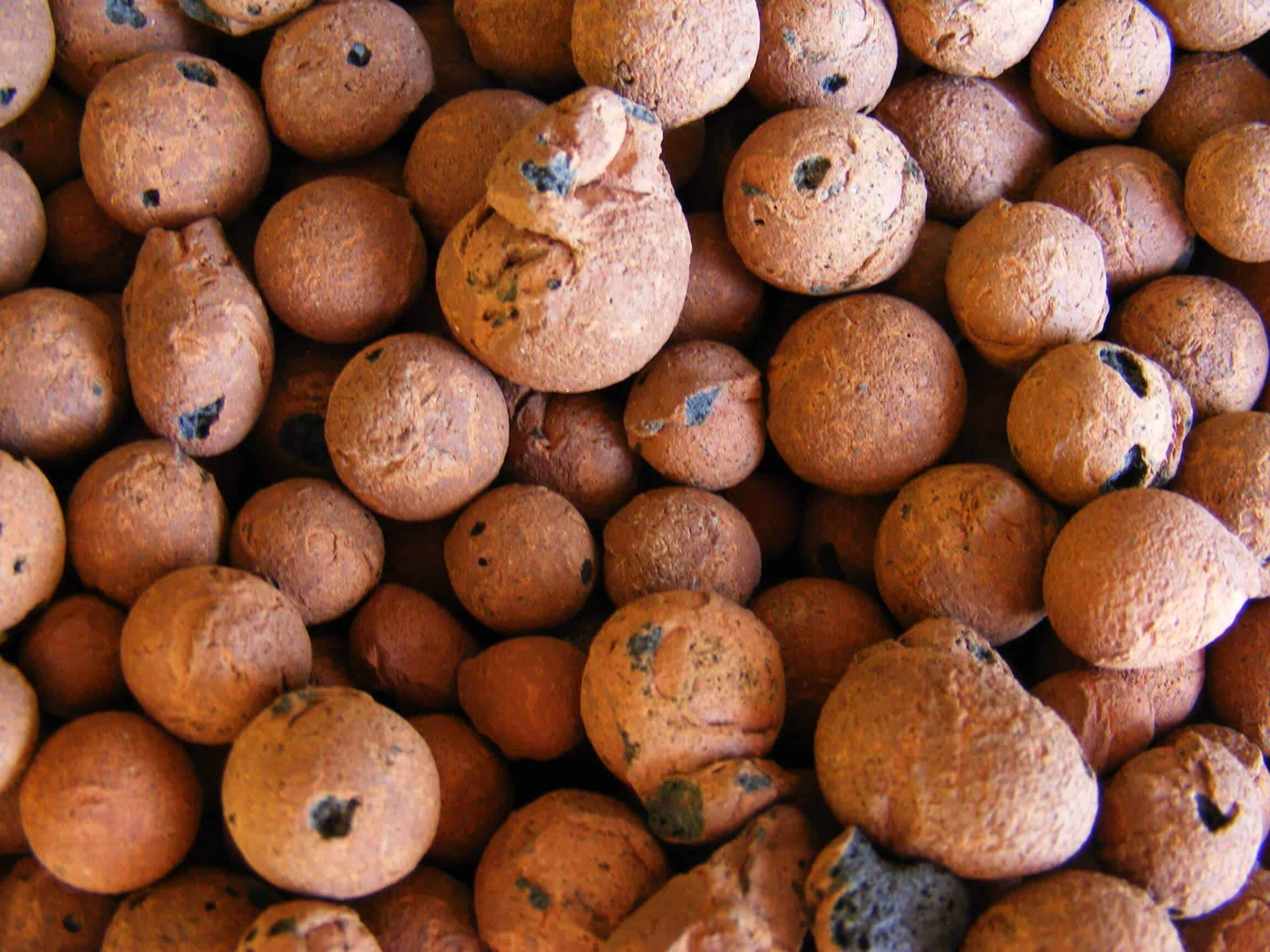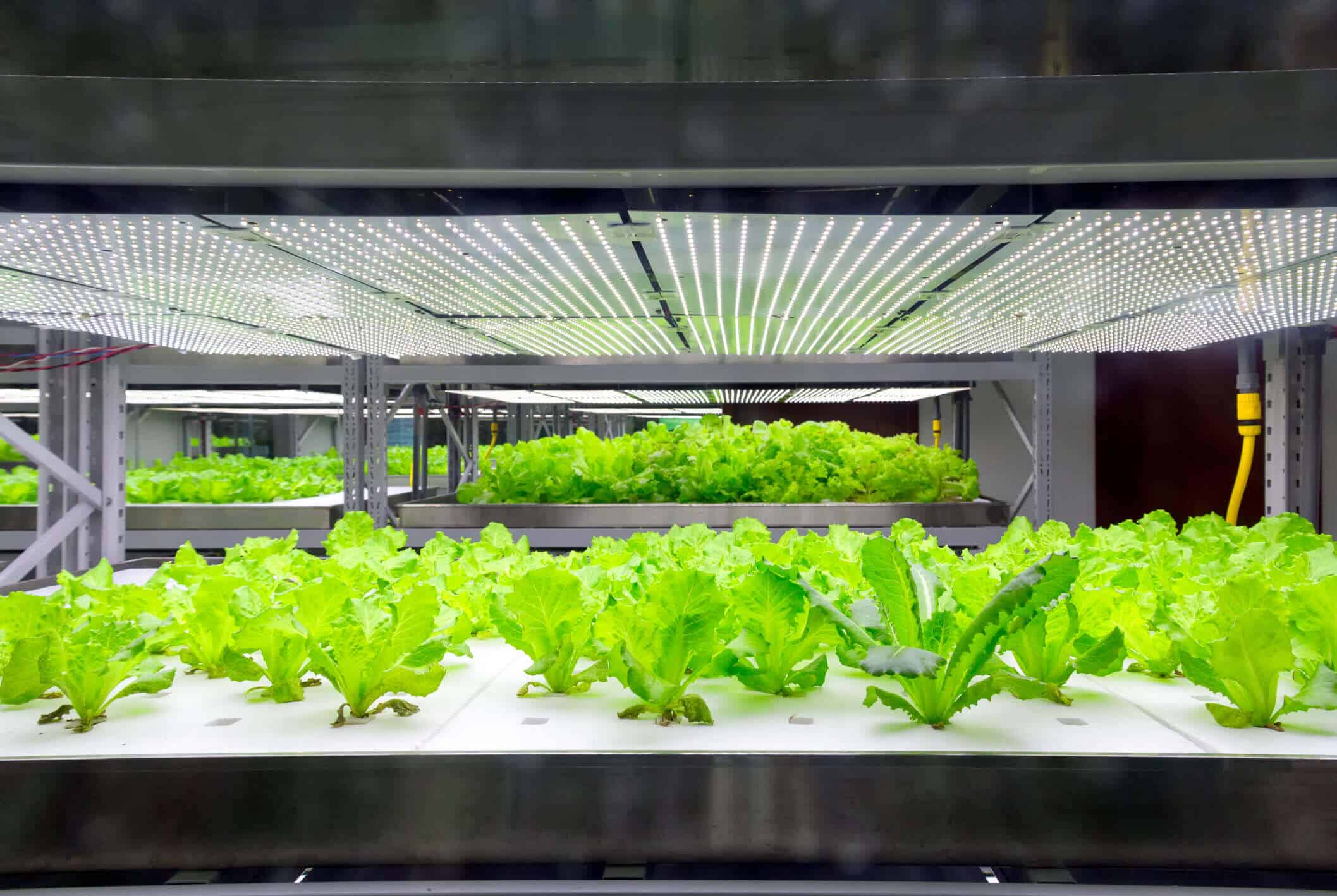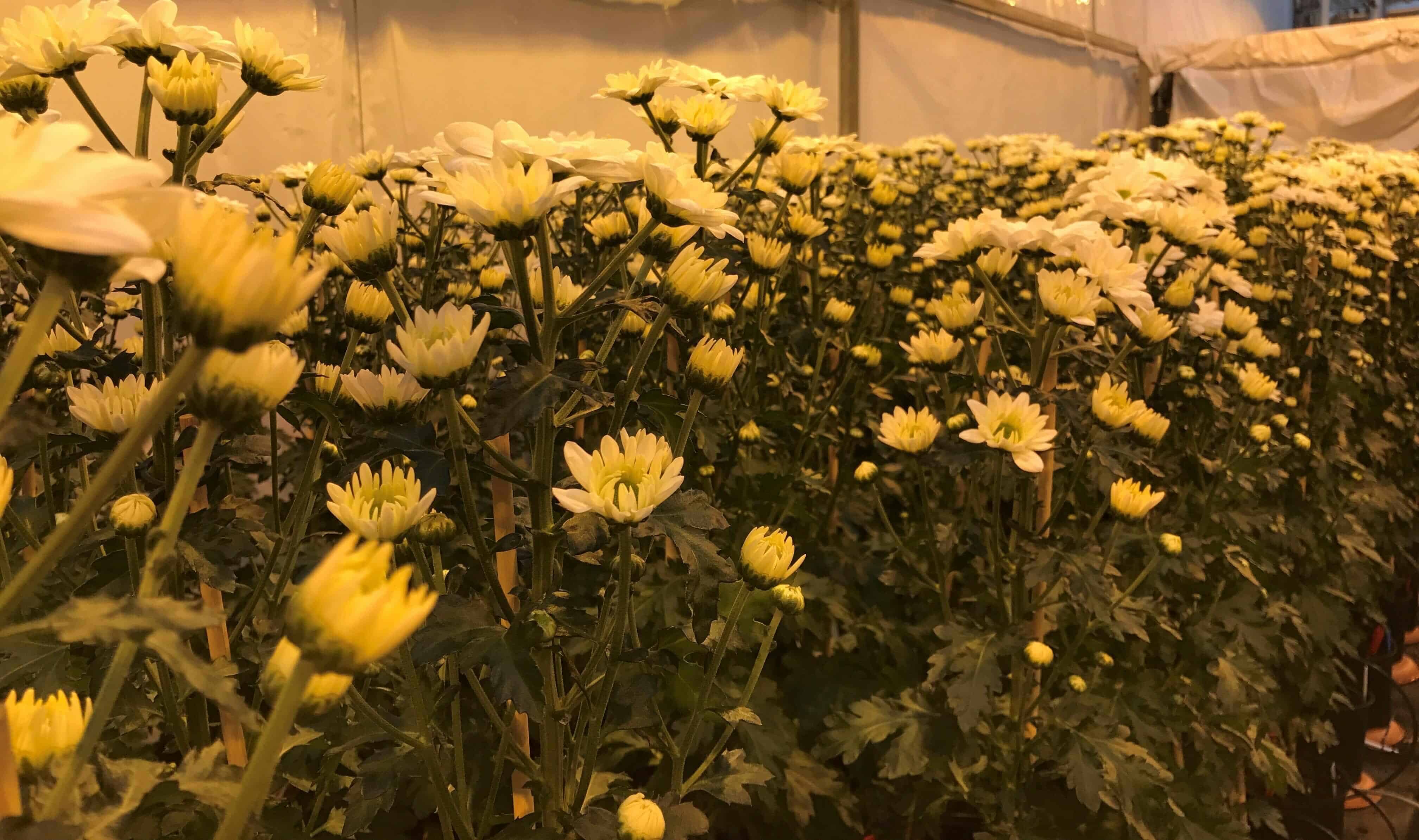Seaweed And Plants
The relationship between plants and seaweed has always been well known commercially, however from a plant science perspective, the multiple benefits this natural growth hormone provides is kept quiet. Covered in this article is how seaweed and the plant world go hand in hand, to work together on a symbiotic level.
What Are Cytokinins, Auxins And Gibberellins?
Used as a biostimulant in many modern day commercial grow nutrients, seaweed is packed full of beneficial trace elements as well as rich in naturally produced plant hormones. These hormones consist of auxins, cytokinins and gibberellins. Used to provide growth signals to the plant and aid in the development from seed germination until harvest. Used at the very earliest stage of growth and produced within the root zone, these three hormones naturally found in seaweed, play a massive role in the life span of the plant.
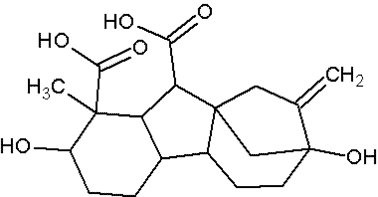


What Exactly Do They Do?
At molecular level cytokinins play a huge role in sending biological signals to the plant, which determine the growth and development of cell division. Produced in the roots, seeds and fruits, travelling upwards towards the xylem, to promote lateral growth and to slow down the symptoms of ageing and keeps the plant’s leaves green for longer time. As well as performing mitosis, the development of chloroplast, root cell tissue, the structure of branching and leaf formation. The way the cytokinin works is by binding itself to a protein receptor within the cell membrane, which will then be attached to a phosphate group in the cytosol. The protein will then activate once moved into the nucleus, where it binds to the genes of the plant which will dictate what direction of growth will commence.
Auxins are a group of plant hormones. These Auxins promote plant growth above ground but also promote the production of roots and root hairs. Auxins also regulate the growth of fruits and flowers.
Gibberellins are what determine stem growth as well as flower and fruit development. Sometimes used as a way of nursing old stubborn seeds, gibberellins can stimulate dormant seeds by producing an enzyme that will supply the seed with some nutrient energy. This is then transferred into the roots then upwards to the growing tips. As with everything too much of these three hormones can in fact inhibit plant development. Providing too much auxin can restrict and stunt root growth, too much gibberellin can in fact reduce germination rates in seeds and excess amounts of cytokinin can burn plant leaf tissue.
Organic certified Seaweed as ingrediënt in Cellmax products
A number of Cellmax products contain certified seaweed for the amazing properties we explained in this article. Seaweed is a natural filter of the sea. Over time, humanity has seriously polluted the sea, making seaweed in the sea more necessary than ever. That is why it is important that seaweed is harvested in a responsible manner. Cellmax only uses certified seaweed, which is guaranteed to meet this requirement.
Cellmax Rootbooster and Bio-Rootbooster both contain a large amount of seaweed extracts. Therefore, these products have a very strong odor that can smell like soy sauce or rotten fish.
As the name suggests, Cellmax Alga-Max is an algae extract from seaweed that is enriched with Phosphorus and Potassium. Alga-Max accelerates flower and fruit production through the P205 and the K20. While the seaweed extracts help with the plant's resistance to heat and provide the necessary natural growth hormones for the plants.
Seaweed extracts have also been added to Cellmax Flowerstimulator to regulate better flowering and to promote the absorption of nutrients.
